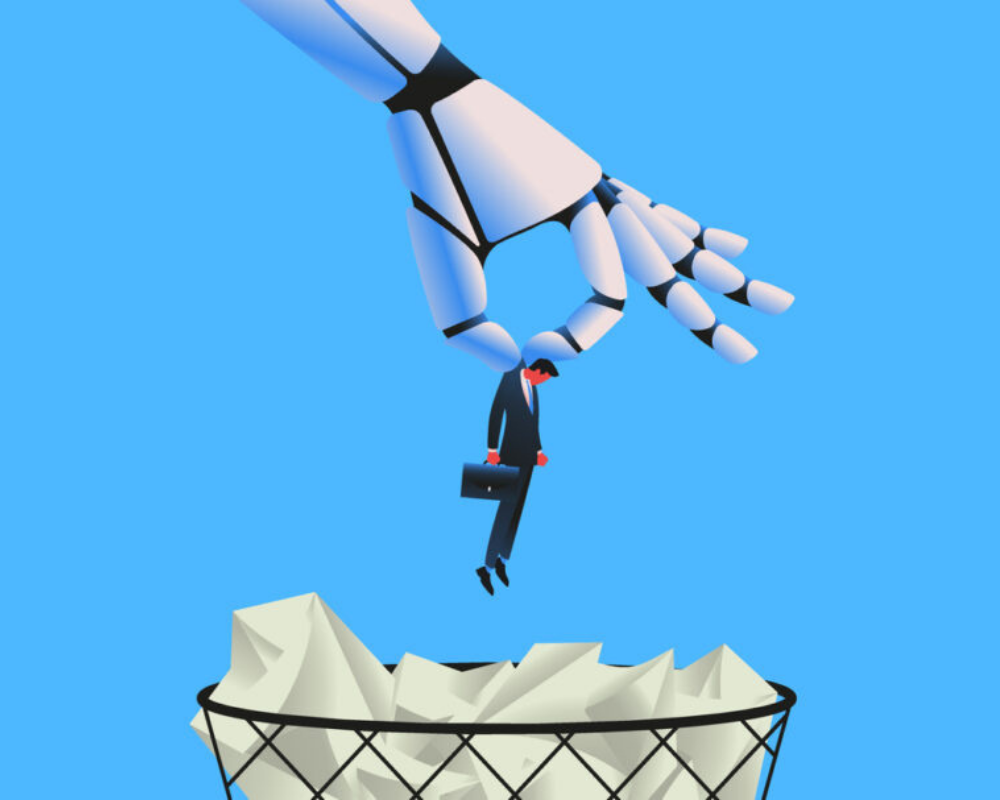
Contact Us
5 Hazelgrove Road,
Haywards Heath,
England, RH16 3PH
Get Connected
- [email protected]
- 01293 222 622

At a recent industry webinar on AI in construction, Will kept hearing a familiar concern: that AI might displace jobs and threaten the livelihoods of skilled workers. This fear, whilst understandable, overlooks the real and pressing issue facing our sector – a critical shortage of labour. Far from being a threat, AI presents a timely solution to one of construction’s most significant challenges.
Labour Shortage: The Real Crisis
The UK construction sector is facing a worrying labour crunch. According to the Construction Skills Network, the industry needs to recruit over 225,000 extra workers by 2027 just to meet demand. The ONS reports that construction vacancies in the UK averaged 41,000 per month in Q1 2024. That’s the equivalent of 2.7 unfilled jobs per 100 employees – one of the highest across all UK sectors. Meanwhile, the average age of a UK construction worker is now over 45, and retirements are outpacing new entrants.
In this context, the real threat isn’t that “robots” are taking jobs. It’s that there simply aren’t enough people left to do them.
AI and Technology: Supporting Hands-On Construction
AI and digital tools aren’t just for desk jobs. Across the UK, technology is already transforming even the most manual aspects of construction work:
These are not pie-in-the-sky concepts – they’re already in use across UK sites today, helping skilled workers do more, faster, and with greater safety.
AI: Not a Job Thief, But a Productivity Lifeline
Let’s be blunt: AI isn’t going to completely replace the roles that keep hard hats on heads and boots on the ground. It’s more likely coming for the paperwork, logistics headaches, and repetitive admin that everyone hates – but which, left undone, slow projects and diminish profits.
By automating the stuff that’s holding us back, AI frees up skilled workers to focus on what they do best. And with so many vacancies to fill, it’s not about replacing people; it’s about plugging gaps and scaling up what’s humanly possible.
Interested in how Soil Link is using AI to help construction teams work smarter, not just harder? Get in touch for more insights.
Key Takeaways:

5 Hazelgrove Road,
Haywards Heath,
England, RH16 3PH